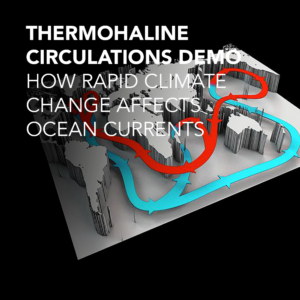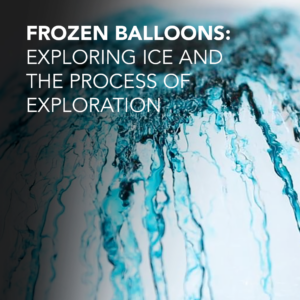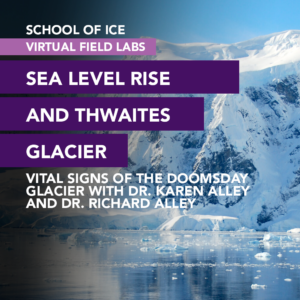Preview:
Data from ice cores suggest that sometimes the Earth has undergone rapid changes in climate in as little as a decade. One possible way that this type of rapid change may happen in the future is if we change the way deep ocean currents flow in the Atlantic Ocean.
Greenland is melting at rates far greater than predicted even a few years ago. Current melting (2020) is “equivalent to 1000 elephants running into the ocean every second.” Dr. Erich Osterberg, Dartmouth College) This surge of freshwater is changing the chemistry of the ocean surrounding Greenland.
For the thermohaline current to continue flowing, the ocean water around Greenland needs to be cold and salty.
In this investigation, we will analyze how the density of the ocean around Greenland may change as a result of increasing amounts of melt water coming off the Greenland ice sheet.
In this investigation, we will analyze how the density of the ocean surrounding Greenland may change as a result of increasing amounts of meltwater coming off the Greenland Ice Sheet.






